I despised platformers. The mere idea of playing a 2D platformer filled me with utter dread. They are often tedious, lifeless, and dull, each simply adding its own gimmick to the same formula. You go from one stage of a level to the next, collecting some arbitrary item until you finally reach a boss at the end to save the day.
The Mario games were no exception in my mind, including the recent New Super Mario Bros. titles from the Wii era onwards. Each one felt devoid of life and joy, as the core gameplay was a repetition of going from point A to point B, just with different layouts and backgrounds.
Then I played Super Mario Bros. Wonder.
Water wonder the bridge
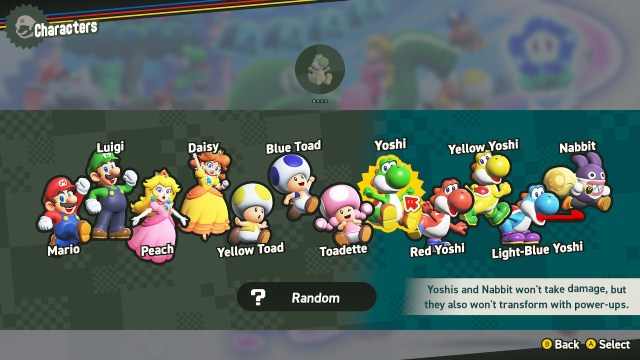
It’s hard to explain the sensation of playing Super Mario Bros. Wonder.
Never before have I played a platformer with such creativity and life. Mario Wonder‘s worlds and levels are beautifully crafted, but it’s the way characters interact with the world that really emphasizes how much care the Mario team has taken with this game. Take, for example, the simple act of going into a Warp Pipe. Instead of simply going down the pipe, some characters like Mario might lose their hat and need to come back to grab it before descending. It suggests that the world, and the characters within it, are alive with their own distinct personality.
The worlds themselves have their own personalities, too. Each of the main six worlds, including two other areas, has its own theme. Levels see you taking on grassy jungles, deserts, and more, meaning no two feel the same. In previous Mario titles, each world’s levels felt like a recycling of what came before, but that’s not the case in Wonder. I didn’t play a single world that didn’t do something different to the others. Which is more than could be said about other 2D platformers.
The A to B formula of platformers is one of my biggest gripes with the genre, and while that does exist here, Mario Wonder adds something that changes the rules of how a platformer works— Wonder Flowers.
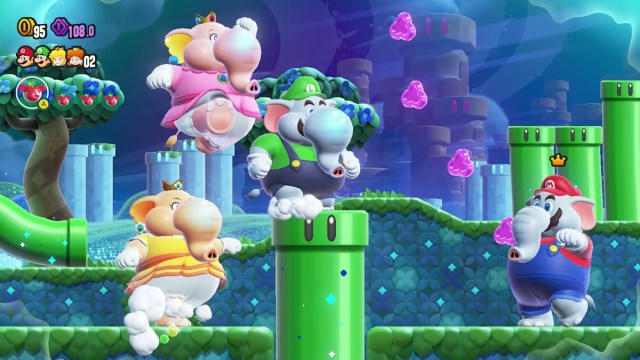
In each world, there is a secret Wonder Flower to collect that, when touched, morphs the world around you. The suspense of finding out exactly what the Wonder Flower will do is one of the biggest joys of this game. In some cases, it might change how the world works, making pipes come alive, and in others, it might turn you into a Goomba or a different entity altogether to keep you on your toes. It breaks the rules of a platformer and creates, dare I say, a sense of Wonder for each world you jump into.
That isn’t to say that everything is sunshine and birdos. Mario Wonder does have its faults, even if they are minute in the grander scheme of things and petty in comparison.
Considering the vast library of Mario villains, it’s weird to me that at the end of each of the six major worlds, you always end up fighting Bowser Jr. and only Bowser Jr., though he does come in different iterations and with a new gimmick each time. Considering the level of care that has gone into Mario Wonder’s unique stylized worlds, the lack of diversified villains for the end-game world bosses feels lazy and a discredit to the imagination the rest of the game gets.
Online is Wonder-ful
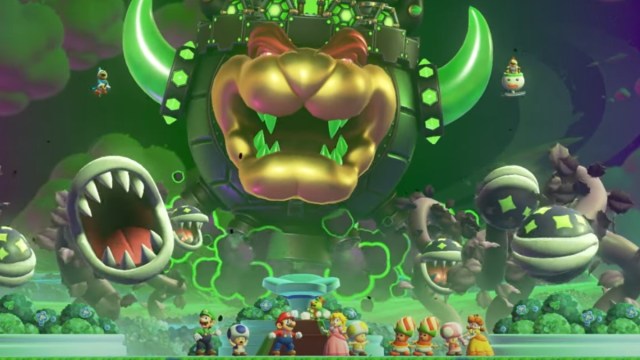
I want to touch on the online multiplayer in this game, if you can even call it that, as it’s genius. Instead of playing with people online, Mario Wonder features Dark Souls-like online multiplayer where you can see other players going around the world and entering levels as ghosts on your screen. Then, when you enter a world, other players playing that world will appear as ghosts in the background.
This is genius for several reasons. For starters, watching other players play the game in the background gives you a new perspective. If you see a ghost-like player suddenly go down a pipe or gain access to what you think is an inaccessible area, it instantly tells you that there is a hidden area to find in that section of the level.
You can also drop little Mario standees, singular cardboard cutouts of your character, in the world, which allows other players to revive at that point rather than going back to a checkpoint. You can also use the standees of others to respawn yourself.
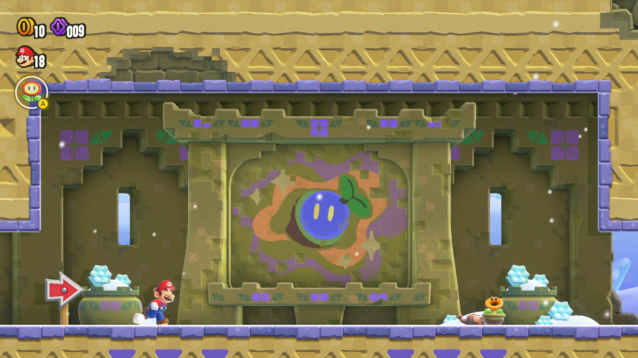
I can’t tell you how many times a random online player’s standee has helped me beat an impossible jump in later levels. I returned the favor, placing a standee down after doing the impossible myself. I don’t think I have ever seen this much creativity in multiplayer for a platform game, and I am loving it— if not for one glaring omission.
You cannot play the game online with friends in true blue co-op. Despite Mario Wonder boasting a local 4-player co-op option, online multiplayer only allows you to group up with friends to play as ghosts in each other’s worlds. Sure, you can all play the same level and help each other out with standees while talking on Discord, but it sucks you can’t experience the game in the same instance with others online.
It makes you Wonder
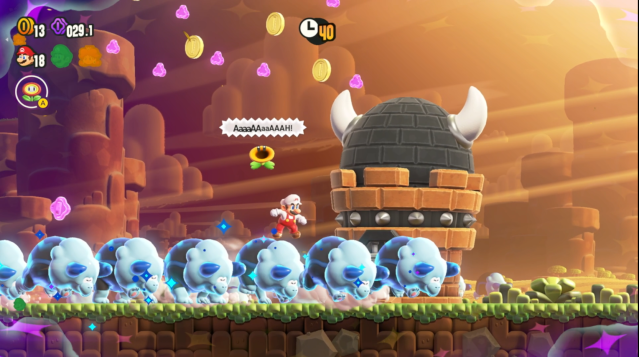
Super Mario Bros. Wonder is just fantastic.
Each world feels unique and is infinitely replayable, with levels offering a surprising level of challenge and a bunch of collectibles to uncover. There is always something to find or a secret to discover that you might have missed the first time, making Mario Wonder incredibly rewarding to play and play again.
Mario Wonder allowed me to find some joy in platformer games, a genre I had very little interest up until this point. It is something special, and I don’t want the joyful feeling of creative ecstasy it’s given me to end.
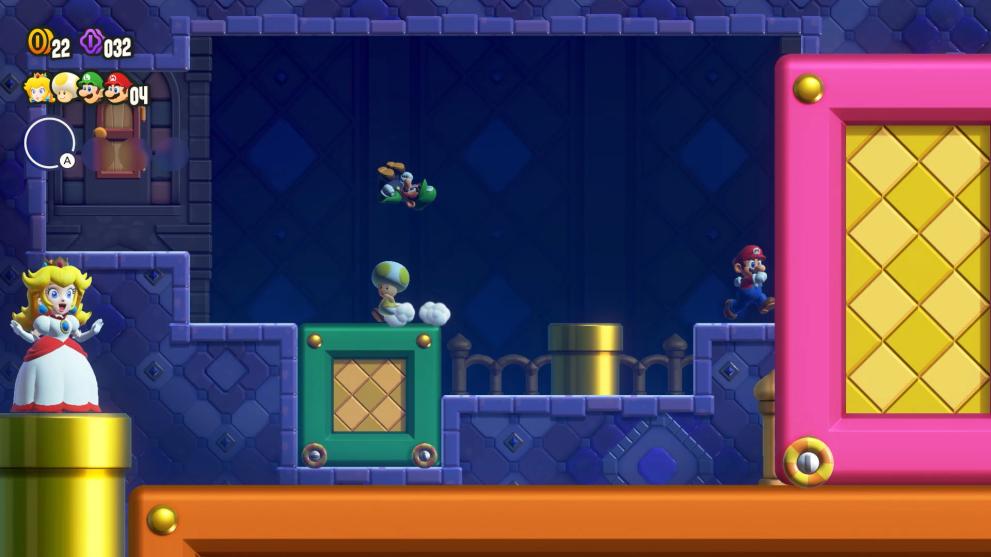
- A charming world that’s a blast to play in
- Replayability
- Hundreds of collectibles and secrets
- A masterclass in music and game design
- Surprisingly challenging
- Bit grindy for completionists
- Needs more varied end-world bosses
- The lack of online co-op is a bit disappointing


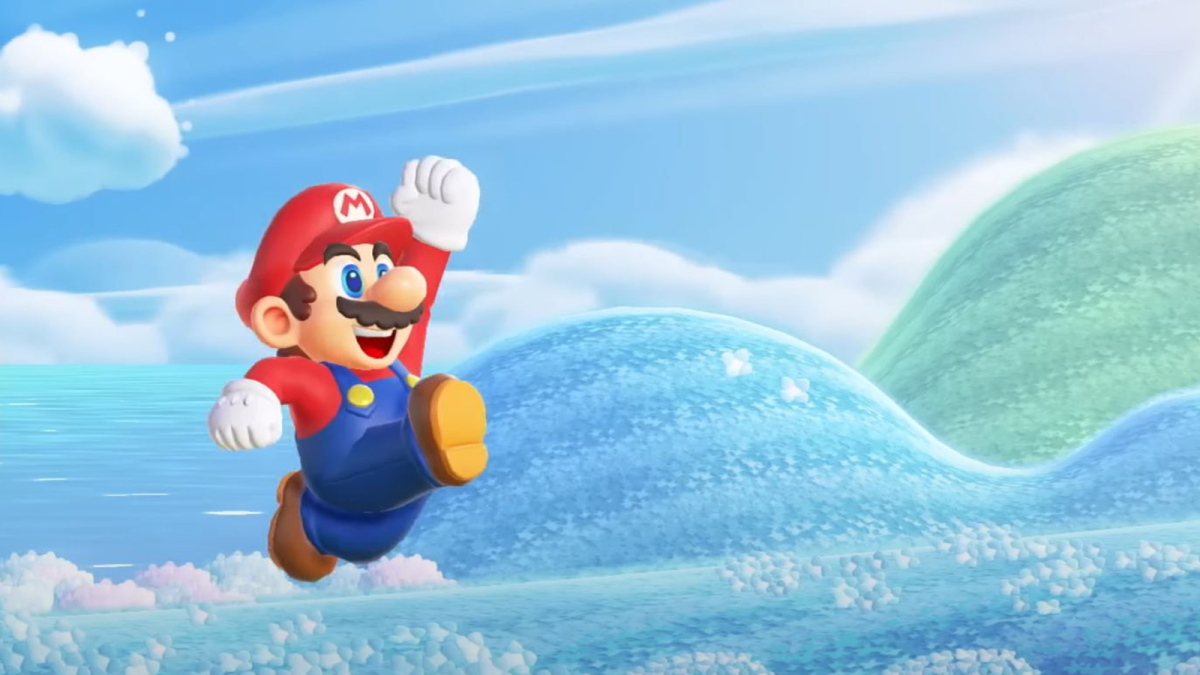
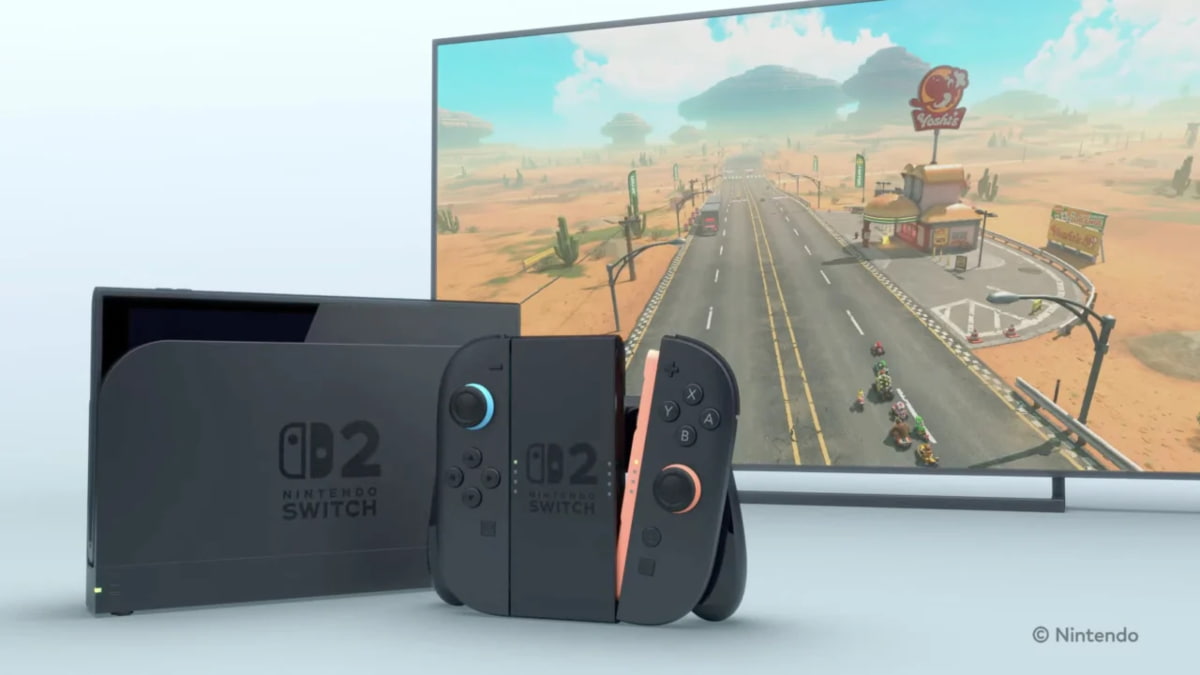
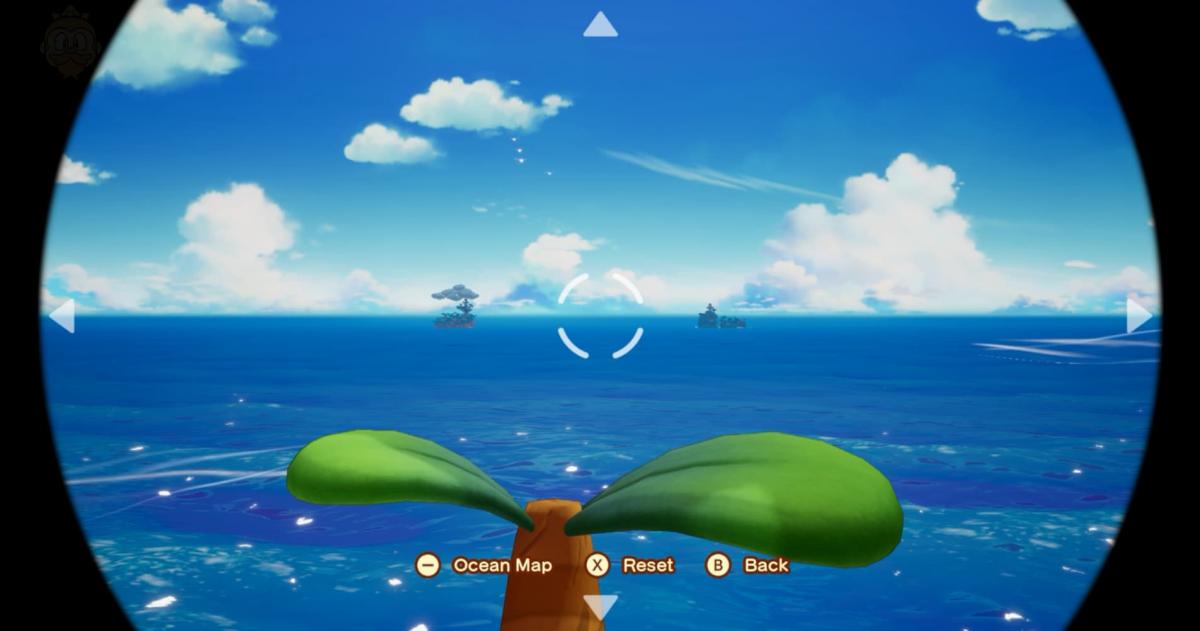

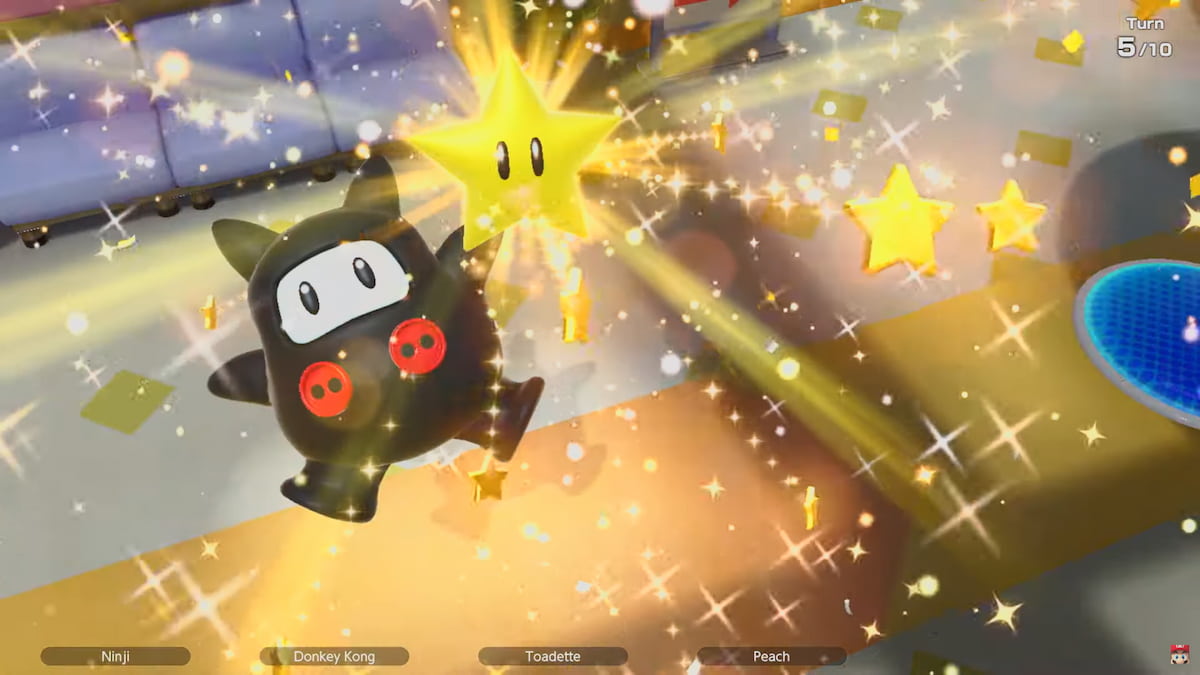
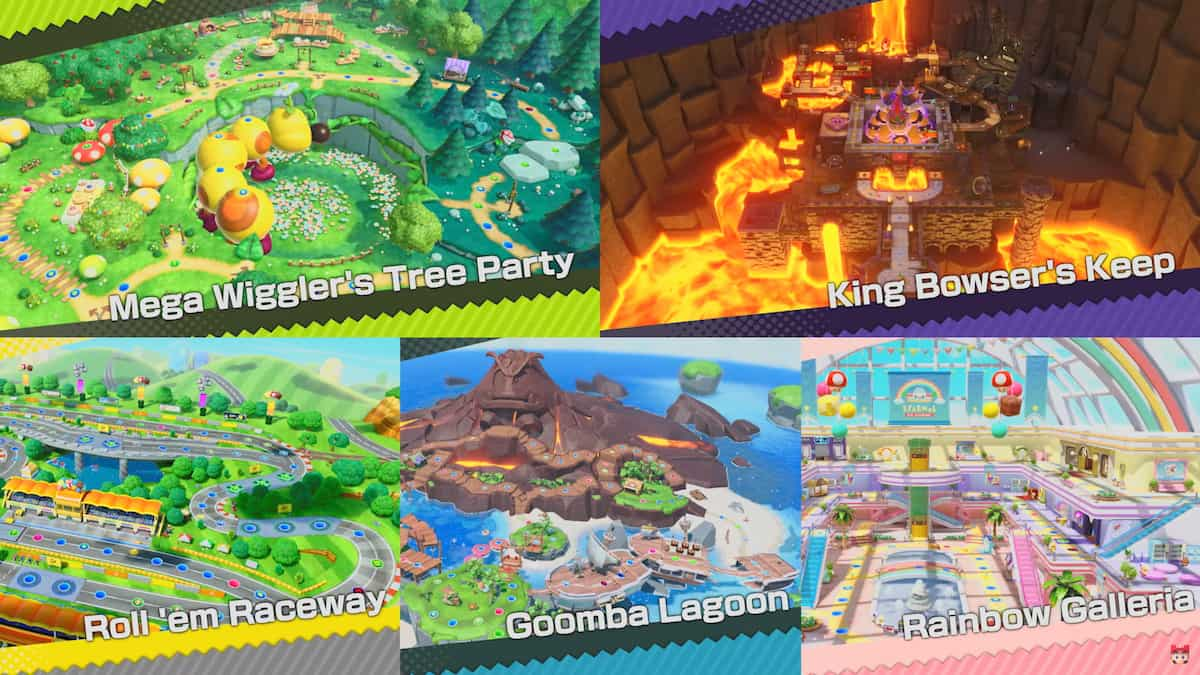
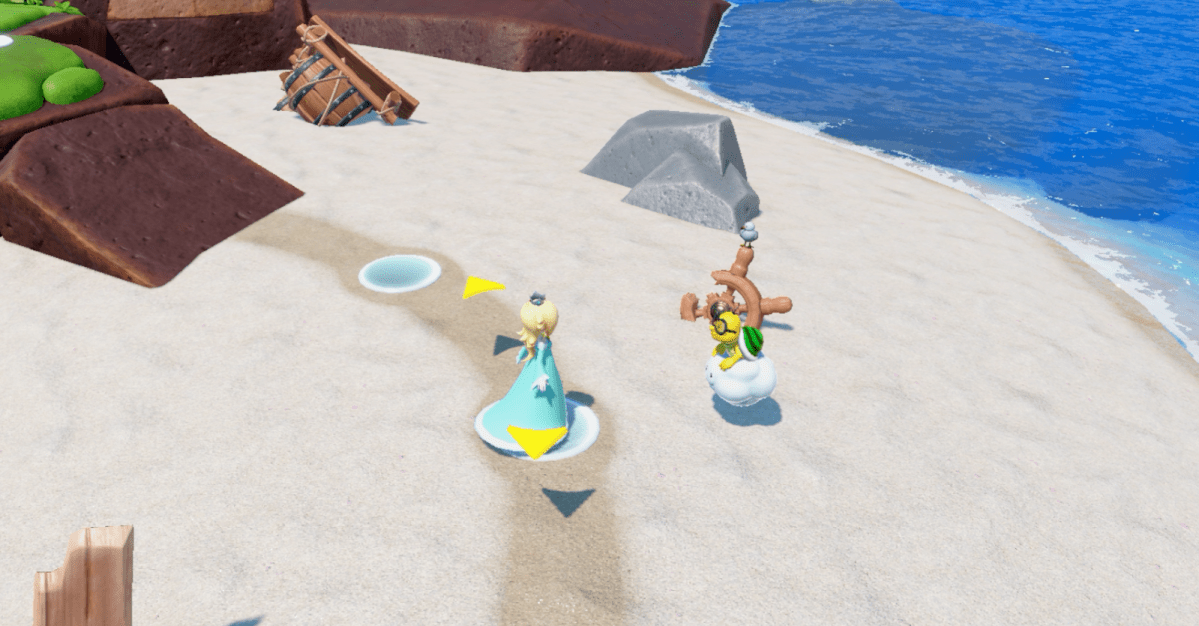
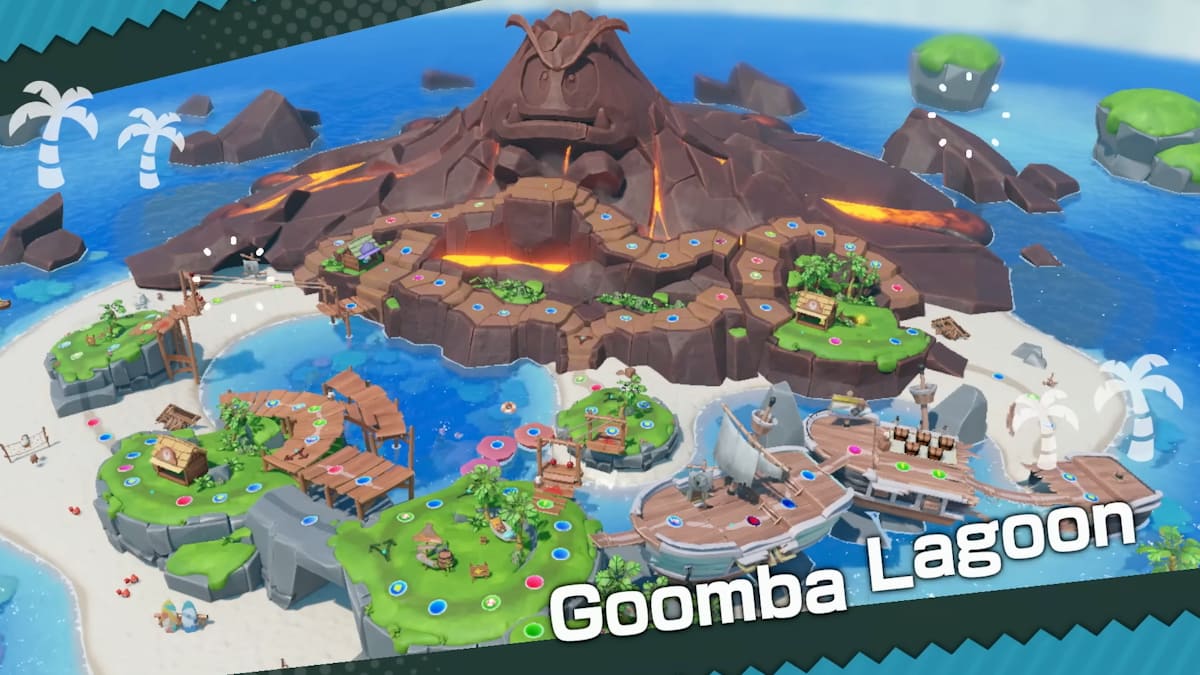
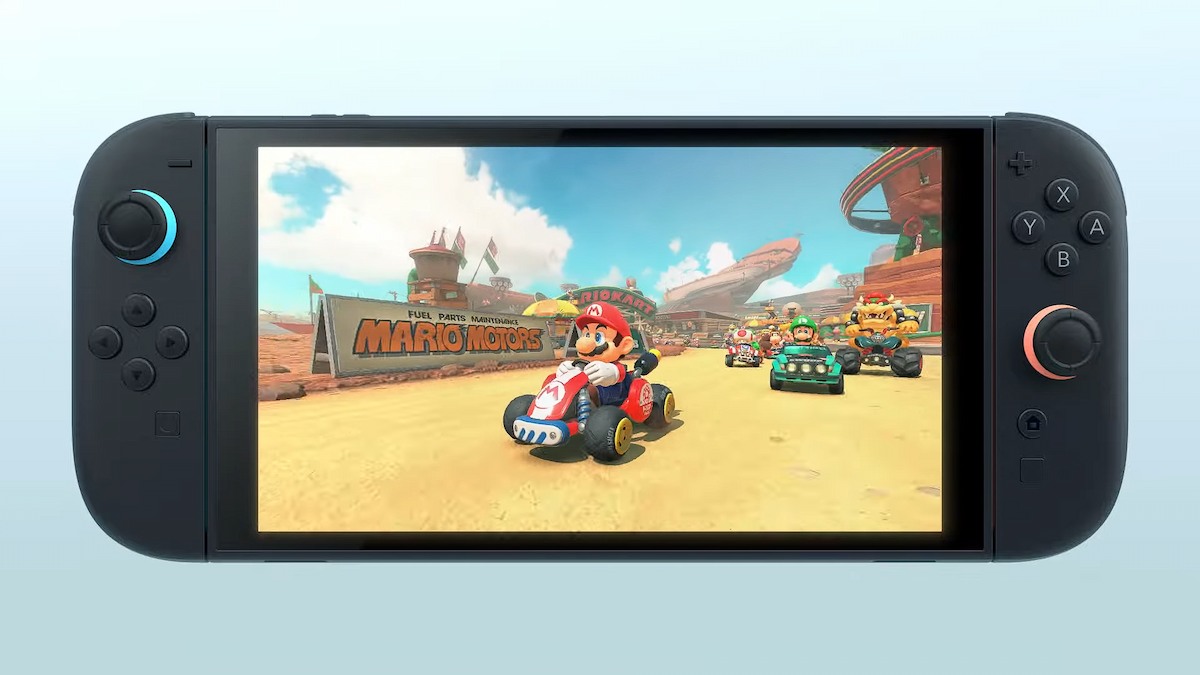
Published: Oct 23, 2023 11:26 am